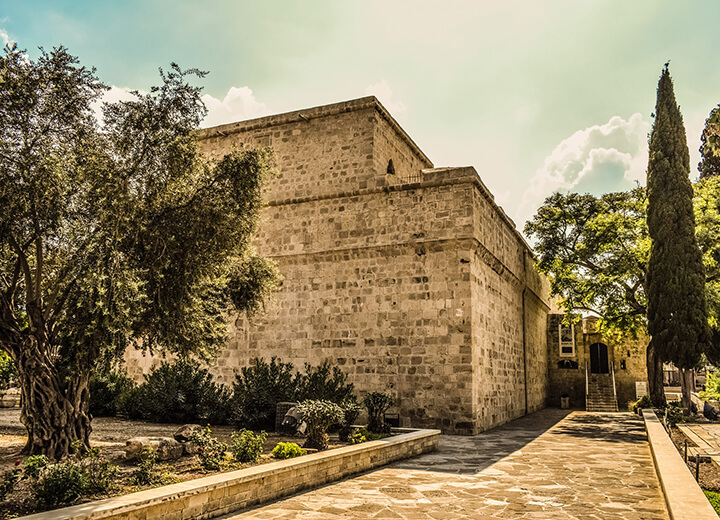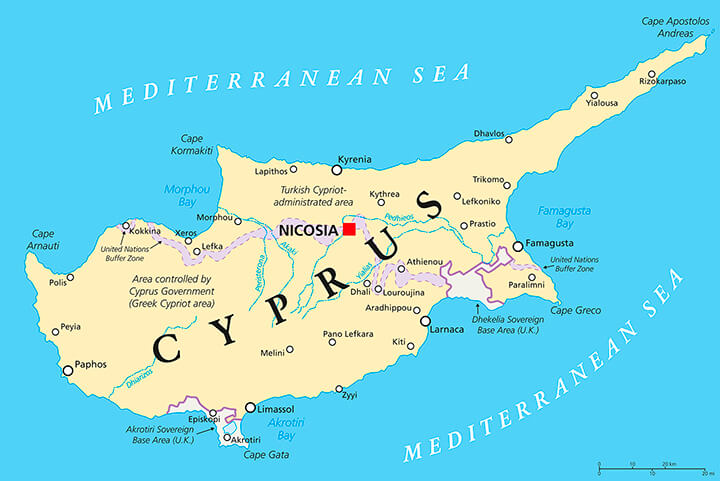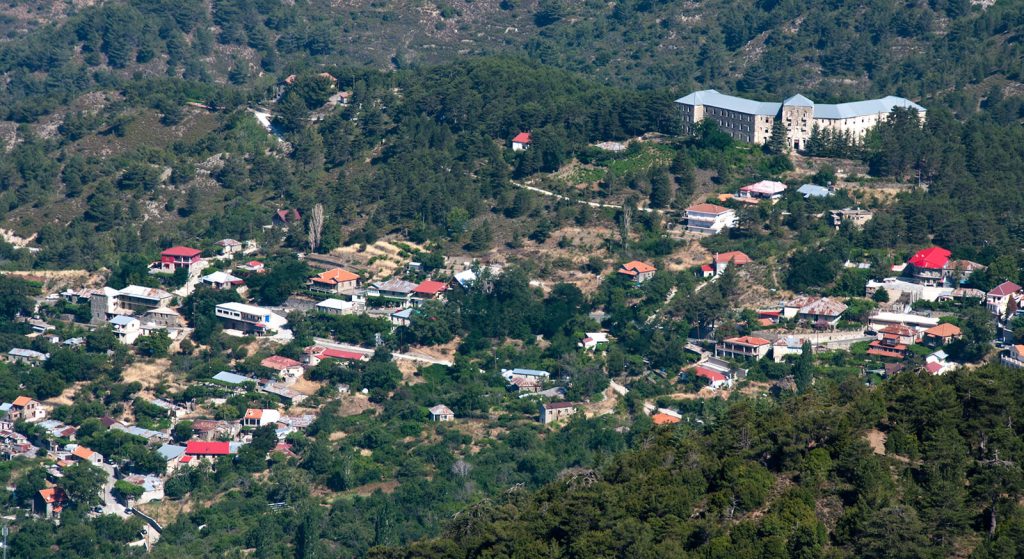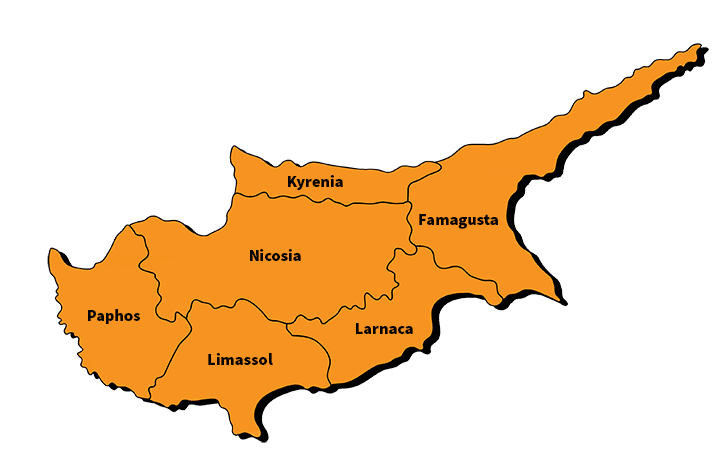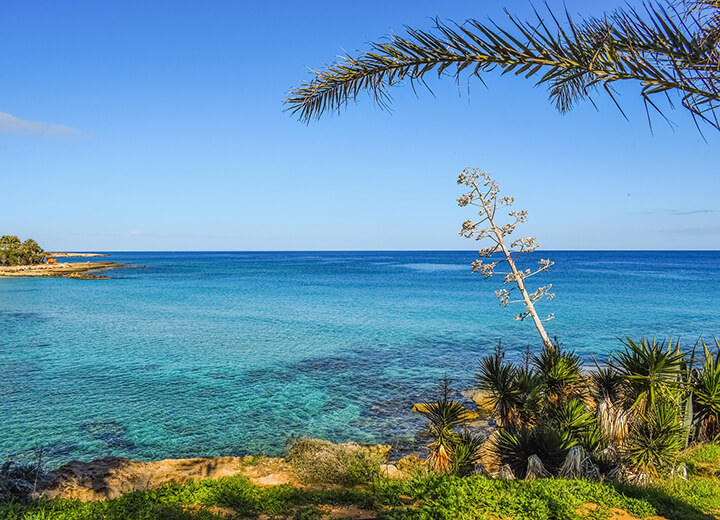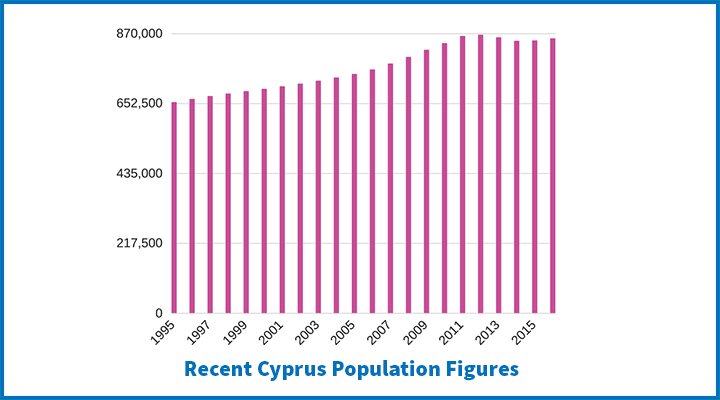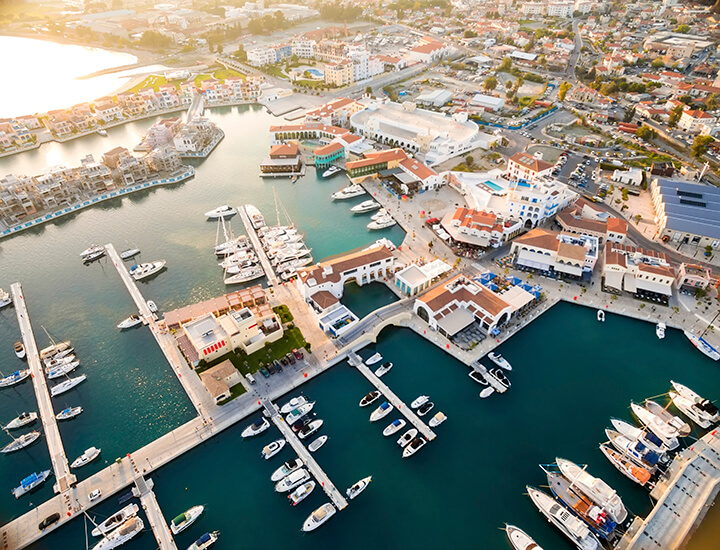
Limassol (Lemesos), until medieval times it was known as Nemesos, meaning ‘in between’ due to its position in between the two ancient cities of Kourion and Amathus.
This area is a perfect place for anyone looking for a relaxing beach holiday combined with historic sightseeing.
Beaches in Limassol include:
- Ladies Mile Beach
- Curium Beach
- Pissouri Beach
- Governor’s Beach
- Ayios Tychonas Beach
Many of the beaches provide water sports such as windsurfing, paragliding, and scuba diving. As well as that there are sea fishing trips and yacht cruises leaving from the port daily.
The old port area has always been a favorite place for a relaxing walk. However, there will be significant changes in the area with the development of the new Limassol Marina. Limassol also has an 18-hole golf course.
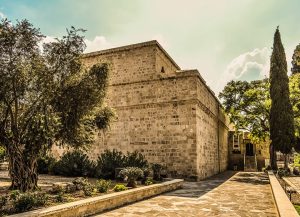 The Limassol Castle dates back to the 12th century although earlier buildings on the site date to the 4th century.The Castle of Limassol can be dated back to 1228 and is very close to the old port and is well worth a visit. It has tailored ground floor cells that were used as a prison until 1950.
The Limassol Castle dates back to the 12th century although earlier buildings on the site date to the 4th century.The Castle of Limassol can be dated back to 1228 and is very close to the old port and is well worth a visit. It has tailored ground floor cells that were used as a prison until 1950.
The grounds were also the hanging place of many EOKA fighters, the translated meaning National Organisation of Cypriot Fighters, who were hung by the British.
The Cyprus Medieval Museum is housed within the castle of Limassol. On show are exhibits which reflect the historical evolution of modern Cyprus, it’s economic, social and cultural development, the customs and traditions of the island from the 3rd to the 18th century AD.
Kolossi Castle can be found a few kilometers outside of Limassol City. The original castle is thought to have been built around 1210, with the present castle being established in 1454 by Knights of the Order of St John of Jerusalem.
Both the castle and its surroundings are well worth visiting. Also nearby you will find the ruins of a sugar mill dating back to the 14th century.
The Ancient City of Amathus is where, according to mythology, Theseus left the pregnant Ariadne to be taken care of. Excavations have revealed an Acropolis and an Agora (market center), as well as ruins from the lower city.
Five Christian Basilicas have also been uncovered, dating from the Archaic period (750-480 BC), the Roman period (58-330 AD), up to the early Christian period.
The Ancient City of Kourion was a pagan cult-center until its destruction in the early hours of 21st July 365 AD, when a factor seven earthquake ripped through it.
Kourion is said to be one of the most important ancient city-kingdoms in Cyprus. Set high upon the cliffs, the remains include relics from the 5th century BC, including the House of Eustolios, formerly a private Roman villa featuring baths and numerous rooms, and the Early Christian basilica, believed to have been the Cathedral of Kourion.
The House of Achilles and the House of the Gladiators with its intricate mosaic floors, and the Nymphaeum, a Roman structure dedicated to water nymphs. There is also a fully restored Graeco-Roman Theatre, originally built in the 2nd century BC, and which is now used for musical and theatrical performances and is quite spectacular.
The Sanctuary of Apollon Ylatis is located just 2.5km west of ancient Kourion. Excavations at this famous sanctuary have revealed structures such as the bath complex, the pilgrim halls, the palaestra and a holy precinct.
Limassol Folk Art Museum is situated on St. Andrews Street in Limassol’s old town. Here you will find an excellent collection of national costumes, tapestry, and embroidery exhibited in a restored house.
Panagia Vounarkotissa, located in Kolossi. This excellent location is a little church built inside a cave.
It was given the name ‘Vounarkotissa’ because of its meaning ‘inside a rock.’
During times of Turkish domination, Christians would secretly go to this hidden church to pray. It is also claimed that many healing miracles have taken place here.
Legend has it that if the soil inside the cave is washed with water and turned to mud, and then placed upon one’s body over the point of ailment, you will be cured.
Another area that we recommend you visit is the Germasogeia dam, a calm and scenic area that is a favorite of local anglers.
From autumn through Spring the Salt Lake of Akrotiri is a lovely spot to visit to see the migratory birds that stop-over.
The famous wine regions of Omodos and Commandaria should not be missed, where not only will you enjoy the unspoiled scenery, but many of the winemaking companies have free wine tasting available.
Also not to miss are the Limassol Wine Festival which takes place every year in August / September which last for ten days, as well as the Limassol Carnival which is held before the start of Greek Orthodox Lent, the date of which varies each year and is not always the same as Christian Lent.
Get your free CTO map of Limassol.
